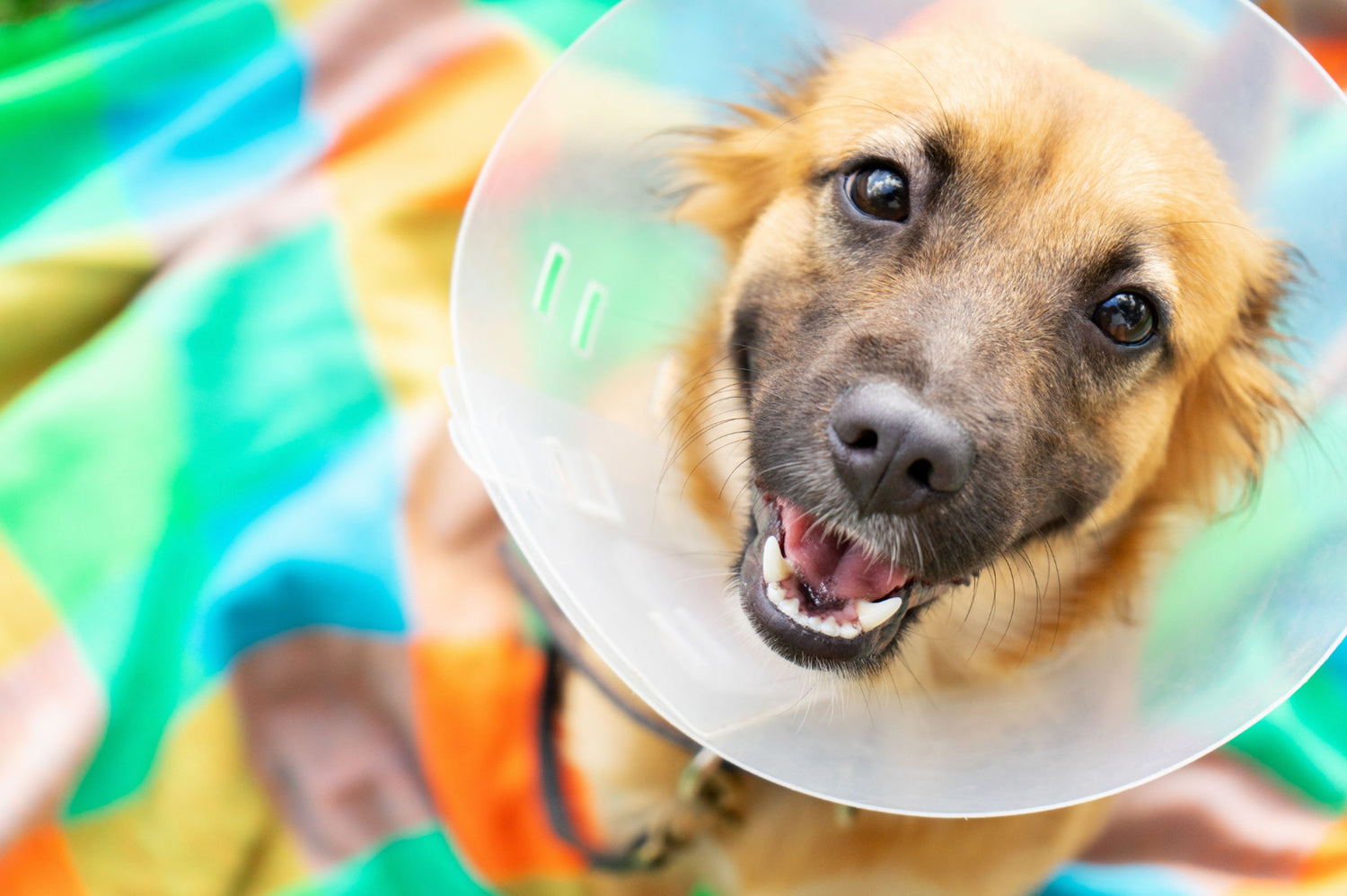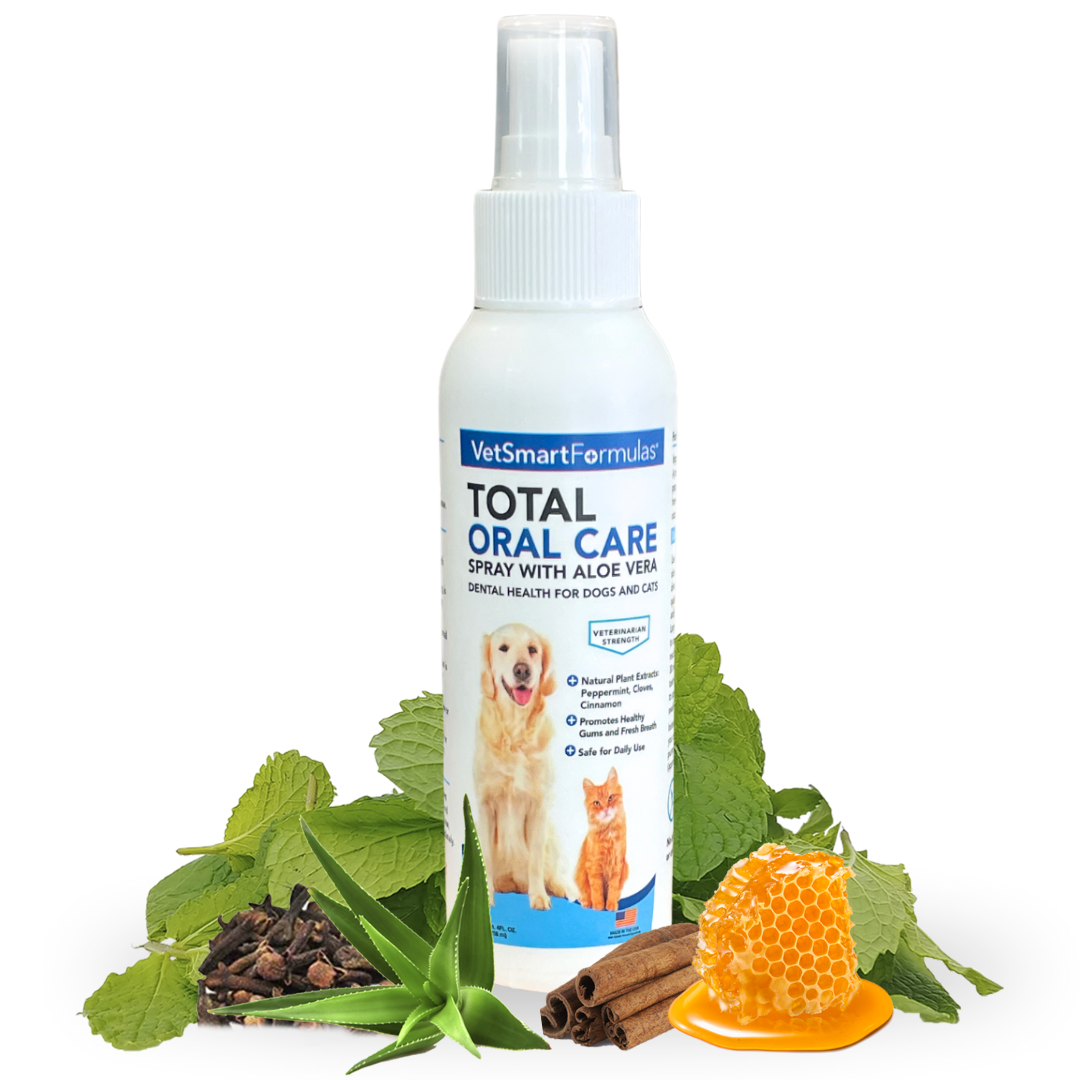Spaying and neutering your dog is a responsible decision that can have many benefits for both your pet and your community. However, timing is crucial when it comes to spaying or neutering your dog. In this blog post, we'll discuss when it is appropriate to spay or neuter your dog and the considerations you should keep in mind before making the decision.
What is Spaying and Neutering?
Spaying is a surgical procedure for female dogs in which the ovaries and uterus are removed. Neutering is the surgical removal of the testicles in male dogs. These procedures prevent reproduction and can have other health and behavioral benefits for your dog.
Benefits of Spaying and Neutering
- Health Benefits: Spaying female dogs can prevent uterine infections and breast cancer, while neutering male dogs reduces the risk of testicular cancer and prostate issues.
- Behavioral Benefits: Spayed and neutered dogs are often calmer and less likely to exhibit aggressive or territorial behaviors.
- Population Control: Spaying and neutering help control the pet population, reducing the number of unwanted dogs and strays.
Timing for Spaying and Neutering
The timing of the procedure can vary depending on the breed, size, and individual health of your dog. Here are some general guidelines:
- Puppies: For most dogs, the recommended age for spaying or neutering is between 6 and 9 months. This allows your puppy to mature a bit before undergoing the procedure.
- Small Breeds: Small breeds may benefit from being spayed or neutered earlier, typically around 6 months of age.
- Large Breeds: Larger breeds may benefit from waiting until they are slightly older, around 12 to 18 months. This allows them to reach closer to their full size and reduces the risk of developmental issues.
- Health and Behavior: Discuss your dog's specific health and behavior with your vet. For example, if your dog has a health condition that might be influenced by hormones, it may be appropriate to spay or neuter earlier or later than the standard recommendation.
- Female Dogs: For female dogs, it is typically best to spay them before their first heat cycle to reduce the risk of mammary tumors.
Special Considerations
- Breed-Specific Recommendations: Some breeds may have specific recommendations for the timing of spaying or neutering. Consult your vet for breed-specific advice.
- Health Concerns: If your dog has health issues, discuss the best timing with your vet. Certain conditions may affect the timing of the procedure.
- Behavioral Issues: If your dog has behavioral problems that may be influenced by hormones, your vet may recommend altering them sooner.
Final Thoughts
Spaying or neutering your dog is a significant decision that should be made in consultation with your vet. While the general guidelines provide a starting point, every dog is unique, and individual considerations must be taken into account. By choosing the right timing, you can help ensure your dog's long-term health and well-being. In the meantime, review our products now to make sure your new puppy has everything they need to keep them healthy and happy.











